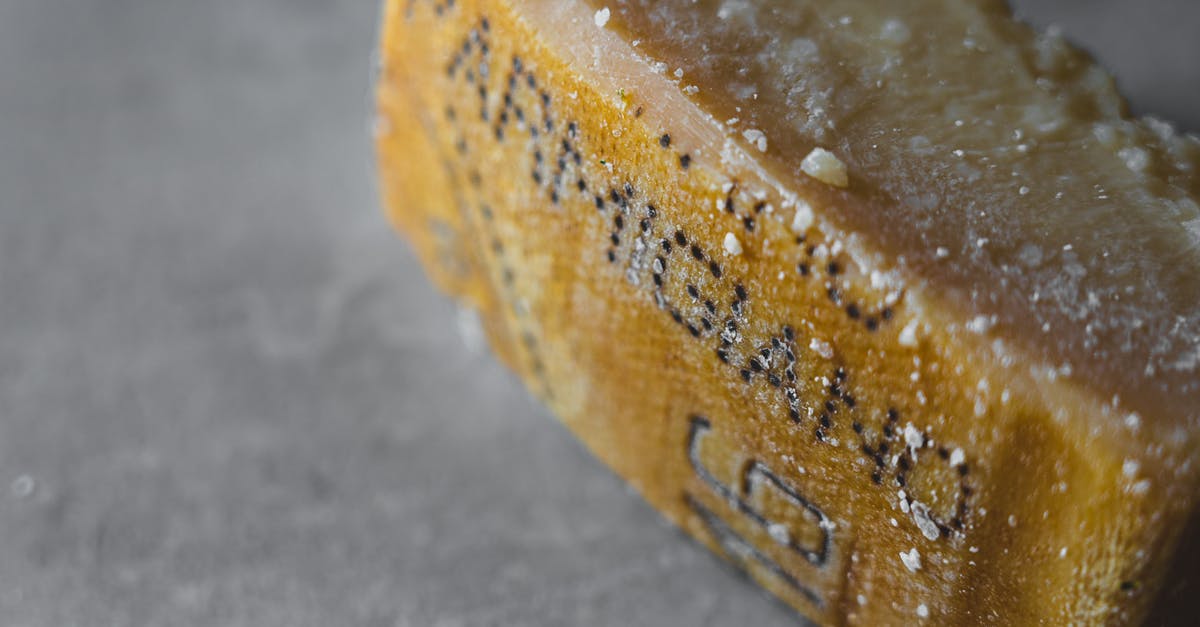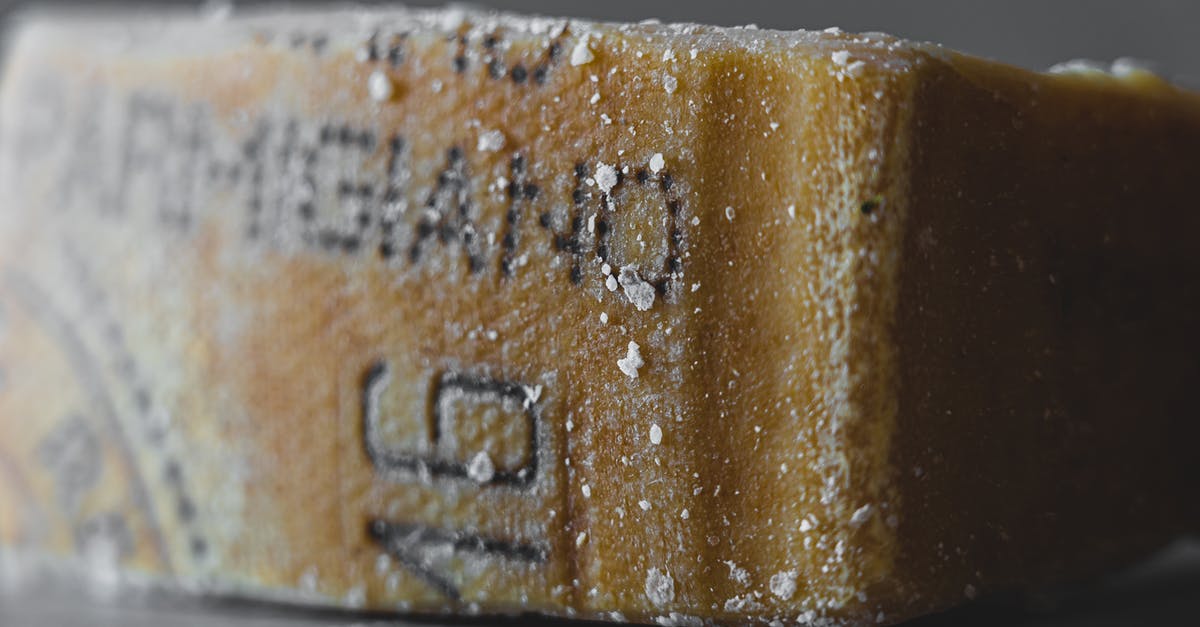What determines the 'saltiness' of salt?

I've bought two brands of salt that are completely different in terms of 'salt' concentration(not sure if this is the correct terminology). I realized this because I needed three or four times more teaspoons of one brand in order to match the saltiness of the other when making the same recipe. Chemically speaking, what is accounted for the difference? Which one is better for cooking? If I recall correctly from the chemistry classes, salts have crystal structures embedded with water molecules; could the concentration of water molecules be the determinant factor?
Best Answer
Summary for the Quick Reader
Only the shape and size of the grains really makes a difference. Otherwise, salt is salt.
What makes a difference between salts?
There are only two real differentiators between different types of salt (assuming the product is essentially just salt, and not a seasoning blend):
- The mineral or other impurities resulting from the method the salt is collected, or additives (such as iodine) during processing. For example sea salts will have some small proportion of other minerals, and a tiny amount of biological detritus like dead plankton in them.
- The size, shape, and density of the crystals or flakes.
Note that almost any salt you buy will be quite dry—there will be negligible water content.
Reasonable blind tests show that despite chic chef use of fancy salts, almost no one can tell the difference between salts with different impurities based just on their flavor. When in other foods, any difference from this practically vanishes.
The second aspect, the nature of the salt crystals or flakes, is very salient.
Large crystals dissolve more slowly, and provide crunch between the teeth, and texture you can feel with your lips and tongue.
Certain types of salt, such as fleur de sel and some brands of kosher salt have large, less dense crystals or flakes with a lot of air in them. These two factors together mean that per unit of volume, there is simply less weight of salt than there would be for the same unit of volume of a salt like US style table salt with very small, uniform crystals. That is, a teaspoon or mL of fleur de sel will simply weight less than a teaspoon or mL of table salt.
This means that when added to a dish by volume, it is simply less salty, because you have added less actual salt—the rest of the volume in the measuring spoon was air.
Common types of culinary salt
The overall size of the crystals lends different salts to different uses. I will use US terms since they are the only ones I know. From smallest to largest grain size (more or less), some common salt products are:
Popcorn salt Very finely ground, so it easily sticks to popcorn and other snacks. Not a lot of feel, but even coverage. Dissolves very rapidly in the mouth, so rapid kick of saltiness.
Pickling salt Quite similar to popcorn salt. Useful because it dissolves rapidly in the pickle juice.
Table salt The familiar standard we are all used to. A good compromise for most purposes. Dissolves quiet well.
Kosher salt Relatively large, slow dissolving crystals or flakes, engineered to stick to the outside of meat. Often used in cooking, where it performs quite similarly to rock salt. Note that different brands have significantly different densities, but it is usually on the order of about half as dense as table salt.
Sea salt, rock salt, fleur de sel. Various natural salts which usually have larger, less dense crystals or flakes. Allows more perceptible texture, and a longer slower saltiness as they dissolve in the mouth. Take longer to dissolve in foods, due to the larger crystal size.
Pretzel salt Really big (comparatively), sometimes opaque chunks (they are opaque due to air inclusions). Lots of texture to chew. Crunchy bursts of saltiness. Not generally used to season foods other than as a surface topping, since it doesn't dissolve quickly at all.
Rock salt For salt grinders. Just for table aesthetics. Salt is salt, and it is the size of the grains after grinding that matters.
What salt performs best?
I cannot say that any particular salt is better to cook with. Many cooks use a small variety of salts depending on what they are doing. If you were to pick only one salt to have in the kitchen, I would recommend table salt which is not perfect for every use, but pretty good at most.
For a reasonably stocked but not extravagant pantry, I would choose:
- Table salt for baking.
- Kosher salt for topping breads and stuff where a little texture is desired, and because it is easier to pick up with one's fingers--also so many recipes specify it these days that having it on hand so as to not have to figure a conversion is nice.
Either of the above will serve well for general savory cooking, although you would use less table salt (by volume) than kosher salt, as indicated above.
Note that by putting kosher or table salt in a spice grinder, you can grind it down to popcorn or pickling salt size, so buying this is rarely necessary unless you want a lot, as for a day of pickling.
The exotic salts
There are some exotic salts out there, which might have extraordinarily high mineral levels or other properties (such as pink salts from Hawaii), but the above covers most usual types of salts that are available.
Just NaCl
Chemically, all normal culinary salt is the same thing, discounting trace impurities: sodium chloride. There are curing salts and salt substitutes which consist of or contain other chemicals, like sodium nitrate or potassium chloride. I don't discuss these in this answer. Note that so-called "pink salt" (in at least some of its meanings) is a curing salt blended from sodium chloride and sodium nitrate.
Some minimally processed salts (such as sea salt) will have a tiny percentage of other chemical salts in them.
See Also
Update March 2013: Serious Eat's has published an interesting article talking about the differences between regular and kosher salt: Ask the Food Lab: Do I need to use Kosher Salt
Pictures about "What determines the 'saltiness' of salt?"



Quick Answer about "What determines the 'saltiness' of salt?"
Classic salty taste is also given by lithium chloride (LiCl) and a few other inorganic salts. Chemically, it appears that cations cause salty tastes and anions modify them. That said, potassium and other alkaline earth cations produce both salty and bitter tastes.What makes some salts saltier?
That is, how much space or air is in each crystal of salt, which affects how much sodium chloride the crystal is actually comprised of. It seems complicated, but I'm gonna tell it to you as simple as I can: basically, some types of salt actually have a greater amount of salt per crystal, so they taste saltier.Why is some salt not salty?
There are additional elements in sea salt that are not found in regular table salt that could affect the flavor, like potassium, calcium and magnesium, Tordoff says, but "they may add some bitterness," not saltiness.Which salt is the saltiest?
Maldon salt, produced in a Victorian saltworks on the Blackwater estuary in Essex, is championed as one of the world's finest tasting salts, thanks to its unique pyramid structure.Is kosher salt less salty than sea salt?
It's also less salty by volume, meaning that it's harder to oversalt. But there's also a strong contingent of chefs and recipe developers who prefer fine sea salt.Earth Science Basics: What Determines the Level of the Sea?
More answers regarding what determines the 'saltiness' of salt?
Answer 2
I found this article on chow hound dot com that seems to answer the original question. It seems that the shape of the crystal has a lot to do with how salty a salt is.
https://www.chowhound.com/food-news/47641/thats-so-salty-its-not-salty-enough/
Sources: Stack Exchange - This article follows the attribution requirements of Stack Exchange and is licensed under CC BY-SA 3.0.
Images: Castorly Stock, Julia Volk, Castorly Stock, Castorly Stock
